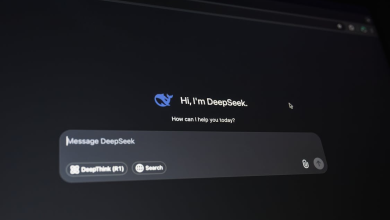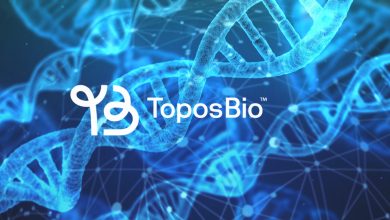
As more people rely on AI tools and chatbots to find information, make decisions, or interact with brands, the way content is discovered and delivered is changing. Traditional search engine optimization (SEO) helped businesses rank on Google and bring users to their websites. But AI tools don’t always work the same way. They respond with answers, not links.
This shift is giving rise to two new content strategies: RAO (Retrieval-Augmented Optimization) and GEO (Generative Engine Optimization). These models reflect how content must now serve both search engines and AI systems that deliver information directly to users.
Working with a team like MediaPeachy can help businesses adjust to these changes. With experience in both traditional SEO and AI optimization, agencies like this help brands show up where it matters—whether that’s in a search result or inside a chatbot’s response.
Let’s explore what RAO and GEO are and how to optimize your content to work with both.
What is RAO?
RAO stands for Retrieval-Augmented Optimization. It focuses on making your content more accessible and usable by AI systems that retrieve information from external sources to help answer questions.
When a user asks an AI tool a question, that tool may pull in live data or relevant information from trusted websites. RAO ensures that your content is structured in a way that it can be retrieved and used effectively in these responses.
Some RAO strategies include:
- Structuring answers to match common user questions
- Using clear headings and bullet points
- Adding FAQ sections or schema markup
- Including citations and factual references
RAO is about helping AI find and include your content in real-time generated answers.
What is GEO?
GEO stands for Generative Engine Optimization. Instead of focusing on real-time retrieval, GEO is about making sure your brand, product, or expertise becomes part of the AI model’s internal knowledge.
AI tools like ChatGPT and Claude are trained on large amounts of data. If your brand appears frequently in trusted sources—such as news articles, blogs, directories, or widely shared content—it’s more likely to be mentioned in AI-generated responses, even without retrieving data from your site.
GEO strategies may include:
- Earning mentions on high-authority websites
- Publishing content across multiple platforms
- Keeping consistent brand messaging everywhere
- Contributing to public discussions or online Q&A forums
In short, GEO is about influencing how AI understands and describes your brand.
How RAO and GEO Work Together
Although RAO and GEO are different, they complement each other.
- RAO helps AI systems pull in your content when generating real-time answers.
- GEO helps AI recognize your brand and include it in answers based on training data or reputation.
For example, a skincare brand using RAO might have a well-structured blog post explaining the benefits of a certain ingredient. With GEO, that brand might also be mentioned in an AI’s answer as a trusted product recommendation—based on how often it’s referenced across the web.
Optimizing Content for AI and Chatbots
To prepare your content for both RAO and GEO, here are a few practical tips:
1. Write with Clarity and Purpose
AI tools look for content that is easy to interpret. Use short paragraphs, clear formatting, and avoid overly complex language.
2. Use Structured Layouts
Use headers, lists, and simple layouts so AI can understand how your content is organized. Include an FAQ section when possible.
3. Publish Across Multiple Channels
For GEO, it’s important that your brand appears beyond your website. Guest posts, interviews, podcast appearances, and press features all contribute.
4. Maintain Consistent Messaging
Whether it’s your product description, brand tagline, or company bio, keep your messaging consistent across platforms.
5. Update and Verify Content
AI tools favor content that is current and accurate. Review old content regularly to keep it useful and up to date.
Final Thoughts
Search is no longer limited to search engines. AI and chatbots are now major sources of information for users—and brands need to meet them there. RAO and GEO offer two paths to visibility in this new space.
With RAO, you make your content retrievable. With GEO, you make your brand recognizable. Together, they help ensure your business remains part of the conversation—even if no one clicks a search result.
If you want help aligning your content strategy with these shifts, MediaPeachy offers support for businesses adjusting to the new ways content is found and delivered.
Being visible in AI-driven platforms starts with creating content AI can use—and brands users can trust.



